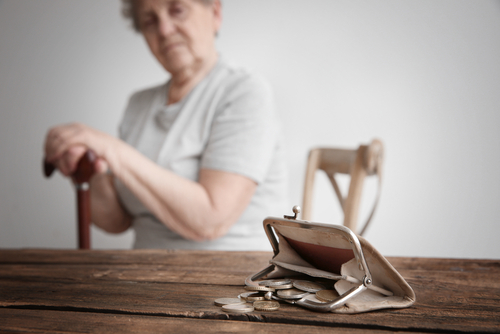Medicare beneficiaries who have limited income may be eligible for a low-income subsidy that helps cover the costs of Medicare Part D drug coverage. The people that receive this low-income subsidy get help in paying for their Medicare Part D premium, copayments, coinsurance, and annual deductible.
This low-income subsidy is also known as the Extra Help Program. Medicare beneficiaries signed up for the Extra Help program won’t have a gap in their Medicare Part D drug coverage, which is known as the donut hole or coverage gap.
Benefits of Extra Help
The subsidy amount you get depends on your level of income and resources. You can receive either a full or partial low-income subsidy. Most Medicare beneficiaries who qualify for a low-income subsidy will enjoy the following benefits:
- You won’t pay a premium
- You won’t pay deductibles unless you’re getting a partial subsidy
- You won’t pay more than $9.20 for each drug your plan covers
In addition to lower out-of-pocket costs, you will also have the following protections:
- A quarterly Special Enrollment Period to switch or join Part D prescription drug plans. With this opportunity, you don’t need to wait for the Annual Open Period to change your plan.
- You won’t have to pay for Medicare Part D late enrollment penalty, even if you sign up late.
Eligibility for the Low-Income Subsidy
Your income and asset levels will determine your eligibility for a low-income subsidy, and this changes from year to year. You may qualify for a low-income subsidy if:
- You are enrolled in Original Medicare
- You live in one of the 50 United States or the District of Columbia.
- Your annual income and resources are below the thresholds required for eligibility. As an individual, you must have a yearly income of $18,735 or less, and for married couples, an income of $25,365 or less. For resources – $14,390 or less for individuals and a total of $28,720 or less (or married couples. Note that the eligibility limits are not fixed and may change from year to year.
- Your annual income or resources is more than the eligibility limit, but you provide financial support to other family members living in the same household.
- You reside in Hawaii or Alaska.
Types of Resources That Affect Eligibility for the Low-Income Subsidy
SSA considers certain types of resources to decide if you qualify for a low-income subsidy. Resources that are counted include:
- Cash and bank accounts, which include savings, checking, and certificates of deposit
- IRAs and Mutual funds
- Bonds and Stocks such as U.S. savings bonds
- Real estate investments outside of your primary residence
When calculating eligibility for the low-income subsidy, Medicare doesn’t consider resources such as the value of your primary residence, one car, burial expenses, life insurance policy, burial plot, personal belongings, back payments from Supplemental Security Income or Social Security, and furniture and other household items. A lot of people qualify for the low-income subsidy but don’t know it. The best way to find out is to contact an experienced Medicare expert and go ahead and apply.
Need Help?
Do you have more questions on Medicare Low-Income Subsidy? Contact Eldridge Agency today! Our experienced Medicare insurance experts can help you compare all your options that can help with your prescription drug costs.


